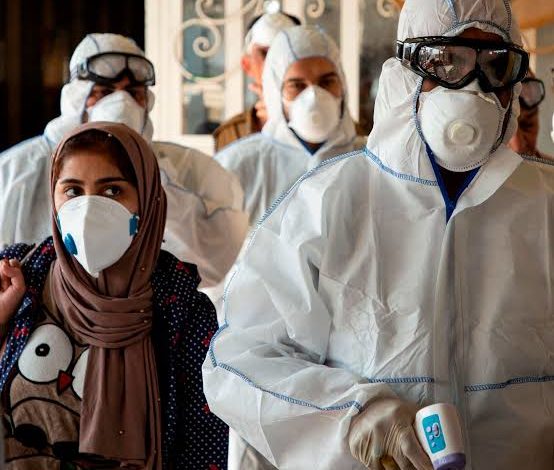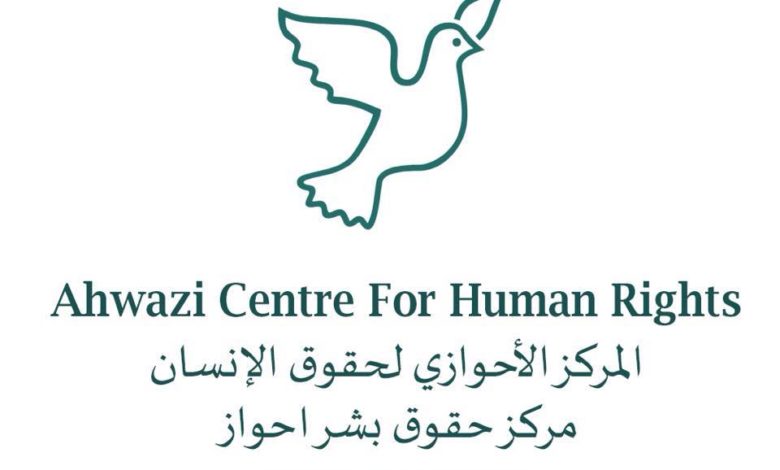From streets to torture factory: Plight of protesters in Iran
When you enter the streets to protest against the government in Iran, you know exactly what to expect should you get caught. But through sheer desperation, thousands have been forced to take to the streets, with a large number known to have paid a terrible price.

With thousands having been arrested during the latest unrest in Iran, many have completely disappeared while in custody, while others are claimed by authorities to have taken their own lives. Out on the streets, where protesters openly criticise Iran’s oppressive administration, they face extreme violence being meted out against them by the mullah’s club-wielding “attack dogs”.
These brutish paramilitaries come in the form of the regime’s motorcycle riding battalions of the Basij militia, who either club protesters to the ground, or from carefully chosen elevated positions, take out those deemed to be ringleaders with a bullet.
Those demonstrators that are grabbed from the crowd, face arbitrary arrest, and in most cases, with no proper legal representation, are taken into custody facing trumped up charges. These charges more often than not comprise of vague accusations, such as conspiring against national security, and after speedily being processed, with no legal representation, the protesters find themselves incarcerated inside one of the regime’s numerous torture factories.
Even those that aren’t arrested on the streets, are often tracked down by Iran’s intelligence gathering arm, which comprises of an extensive network of spies and agents, who are fielded by the Basij militia, whose intelligence gathering takes in all sectors of Iranian society, including universities, mosques, manufacturing plants, and government institutions.
Such is the extent of this vast network of spies, all districts of the country are covered, and with the Basij based in all provinces of Iran, every city, town and village is covered, and such is the worth of the Intel provided, it is supplied to all other departments of the country’s secret service community.
Fearsome Basij
As far as the Basij is concerned, protesters have a fearsome apparatus ranged against them, as not only does the militia police demonstrations with extreme violence, many can be found mingling with activists, acting as ordinary citizens, which enables them to take photographs or film footage of those demonstrating, with an emphasis on those holding placards or chanting anti-government slogans, all of which can be used as evidence to convict them at a later date.
Where in other instances, the regime’s cyber force scan social media, looking for a person’s digital footprint, arresting bloggers for “creating rumours”, and after being arrested for posting even the slightest form of anti-government statements, these ordinary Iranian citizens are either sentenced to lengthy terms in prison or hung.
In some instances, people that have been handing out “anti-government” leaflets, find themselves accosted in the street, and after having the leaflets they are distributing and any personal effects taken from them, they are sometimes released in a bid to avoid a further escalation of violence where crowds have gathered. But the freedom given is very short-lived, as no sooner do they return home, they find the police waiting to arrest them.
Then after having their homes ransacked, their computers, mobile phones and any “incriminating” documents are taken away, and meanwhile, the innocent protestor are handcuffed. Then after being blindfolded, or in some cases fully hooded, the prisoner will be taken into custody, and end up incarcerated in one of Iran’s hell-hole prisons, where their terror is set to escalate.
Once in the hands of the authorities, the procedure on how the prisoner is treated usually follows the same pattern. During the arrest, with the accused still handcuffed to restrain them, sometimes positioned in a stress position, a blindfold is placed across the eyes to disorientate, and being in pain from beatings received, as well as being badly injured, it leaves the detainee feeling very fearful, and less likely to hit out at the persons arresting them.
With those in custody powerless to defend themselves, their captors often demean them, and whilst hurling abuse and obscenities in their faces, they slap them about, often viciously kicking them, which is all part of the softening up process. But this is nothing to what they might expect once reaching prison.
After being held in custody, anybody arrested for protesting against the Iranian mullah administration, is taken before a Revolutionary Court, and with thousands having found themselves being charged, with allegations that often include “enmity against God”, “insulting the holy sanctities, or “gathering and colluding with intent to harm national internal security”, the detainee is found guilty whatever their plea.
All of these vague charges, which in Iran can lead to lengthy prison sentences, end with the prisoner being sent to prison, where they are subjected to a daily regime of torture and abuse, or in the worst-case scenario, being beaten to death or hung. In Iran, the minute you have been proven to have criticised the state, there is no escaping a guilty verdict.
Notorious jails
Once behind the walls of Iran’s notorious jails, political prisoners are often humiliated in the most appalling way, stripped of their clothes, they are doused with disinfectant, and while brutal guards kick and punch them, the terrified captives are subjected to vile abuse with their captors screaming obscenities aimed at their wives and family.
This is the start of breaking the will of a prisoner, because even if physical torture is not immediately applied, all prisoners are subjected to some form of psychological torture from the point of arrest.
Such treatment is designed to break down those incarcerated, making them more likely to confess to the various trumped up charges reigned against them, and with the guards watching over them full of spite, punching and kicking becomes an integral part of the softening up process, which they carry out with great relish.
Behind the walls of Iran’s notorious Evin prison, the sight of badly beaten prisoners is the norm, as all inmates suffer from some form of abuse, leaving them with bleeding noses, loss of teeth, and quite often shattered limbs, none of which receive any form of medical attention.
But while this physical abuse is being inflicted, the psychological abuse often turns out to be much more painful, and with the two combined, a confession often comes from a broken prisoner, who no longer has the strength to resist the daily onslaught of abuse thrown at him.
The guards meting out the violence are experts in breaking a prisoner’s will, quite often the verbal abuse thrown at the detainee, comes in the form of derogatory personal remarks, accusing the prisoner of being an illegitimate child, and in many cases, the abusers threaten to arrest family members, or suggest they might pay a visit to his or her home, and harm their family. Then between episodes of long spells of beatings and psychological abuse, the prisoner will be placed in solitary confinement.
Where solitary confinement is concerned, prisoners are held in a tiny cell, which to a person in anguish can resemble a tomb. With no windows, such cells lack natural light, and with artificial lighting kept on 24 hours a day, plus the fact that prisoners often have to sleep on concrete floors, the inmate is subjected to severe sleep deprivation.
Prisoners often find that this form of psychological torment, is much worse than the beatings and torture, as being left alone with no voice to hear but your own, can almost drive you insane.
Brutal captors
Then as the person weakens, the prisoner’s brutal captors will quite often break the constant monotony of isolation, through random visits to the cell, during which the inmate will be interrogated numerous times. Beaten severely, sometimes with hands shackled to the feet, verbal abuse will be thrown at the detainee, while guards stamp on his body or kick him, often breaking bones.
During these grilling’s, the prisoner might find himself being held down inside a barrel of freezing water, or forced naked into the prison yard during freezing weather, and to add further degradation, the prisoner’s head might also be dunked into a heavily blocked toilet until they chokes on the faeces, and is eventually physically sick.
In Iranian prisons, where mediaeval torture methods are still applied, a prisoner accused of stealing can have a hand amputated, but these days, such “operations” are carried out with a doctor observing the procedure. While in other cases, specially designed small guillotines are used to chop off fingers, and using traditional torture methods, fingernails are extracted with the use of plyers.
But in recent disturbances, other forms of dispatching a prisoner have come to light, where the captive is forced to take medicine containing a poisonous substance, and in statements issued by the authorities, the victim is said to have committed suicide.
In another highly dubious scenario, where prisoners have been known to have been beaten to death by guards, the authorities claim to have video footage captured on closed-circuit cameras, purporting to show the captive striking himself with some form of solid object.
So as far as these recent disturbances are concerned, nobody will know the eventual number of maimed or injured, until those that have suffered manage to filter it out.
But in whatever way a death occurs, once a detainee’s body has been released for burial, the misery doesn’t stop there, as in many cases, the deceased prisoner’s relatives are too frightened to hold any form of ceremony, for fear of government agents disrupting it. From cradle to grave, oppression stays with you in Iran.
23/02/2018
Source: Alarabia_Eng
Written: Tony Duheaume
Shared: aLiBz




